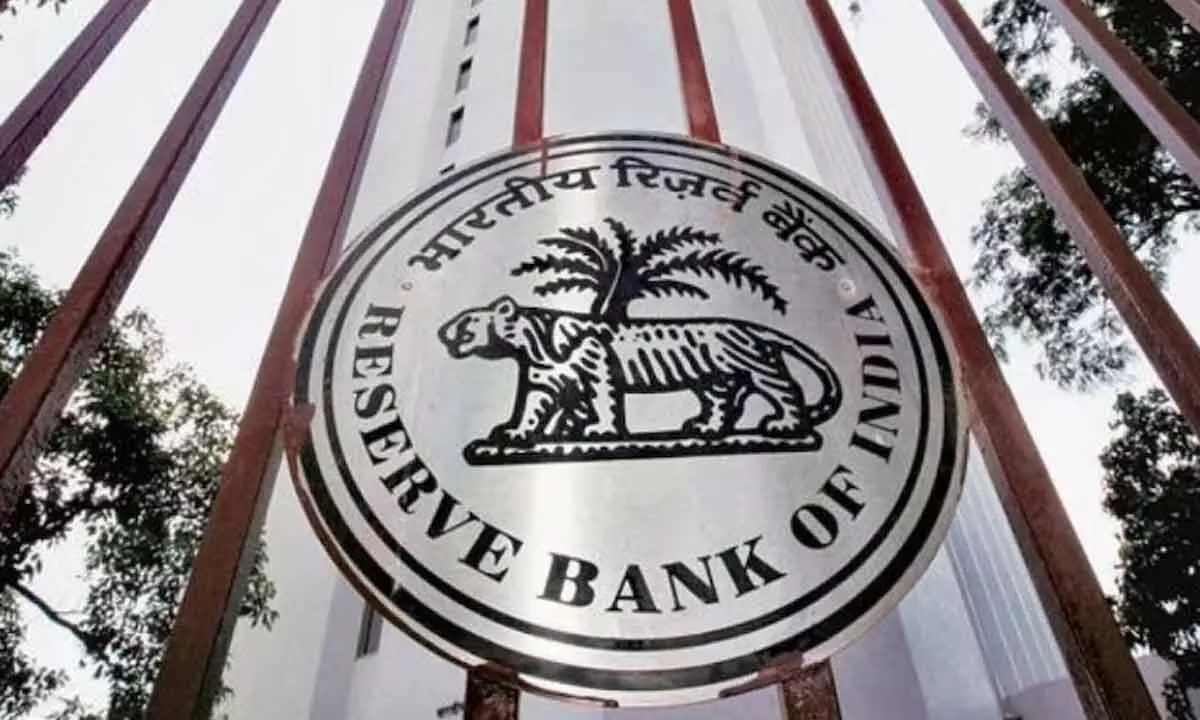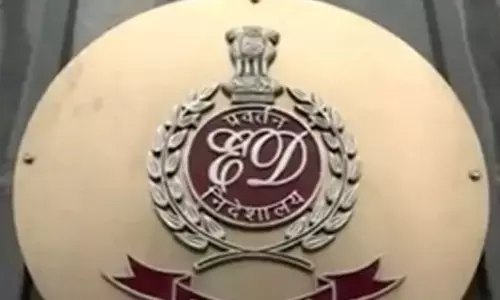Financial sector’s resilience augurs well for India in its quest for Viksit Bharat

Reserve Bank of India
However, banks need to be wary of interest rate movement to safeguard their investment portfolios
The latest ‘Financial Stability Report’ issued by the Reserve Bank of India (RBI) is yet another opportunity for all players and stakeholders in the financial system to take stock of the findings vis-à-vis their own performances so that their respective board can make amends and finetune their business plans and strategies.
Against the present global situation, the Indian economy has been showing sustainable growth and the financial system has been robust and resilient due to strong macro-economic fundamentals and sound and stable financial conditions. Thanks to the combined efforts of the RBI and the Union Government, we are currently in a much better position and the financial institutions are in sound health.
As far as the macroeconomic fundamentals, real GDP growth is in rising trajectory supported by macroeconomic and financial stability. Inflation has been moderating, though it is yet to reach the comfortable level as to the inflation target. The Centre is committed to fiscal consolidation, while the current account deficit is under control.
The financial system soundness is reflected in strong capital and liquidity ratios, declining levels of assets impairment and rising profitability. Gross NPA of banking system has come down from 4.6 per cent as in March 2015 to 2.8 per cent as on March 2024. Net NPA has moved from 2.5 per cent to 0.6 per cent during the above period. This has been achieved with enhanced recovery as well with the provision and debt technical write-off. This could be seen from the provision coverage ratio moved from 41.7 per cent as at March 2015 to 76 4 as at March 2024. The slippage ratio has come down to 1.6 per cent as at March 2024. With the pro-active steps of raising adequate capital and profit ploughing back, CRAR of the banking system stood at 16.8 per cent which is much high as compared to the position as at March 2015 at 13.0 per cent. The common equity tier 1 (CET1) ratio stayed well above the regulatory minimum. This should enable the banking system to contribute substantially to the economic growth of the economy with their strong financial strength.
From the liquidity level, banks are currently at a comfortable LCR at 130.3 per cent. The profitability of the banks has improved substantially in recent times and currently is at 1.3 per cent ROA. Another important indicator that the special mention accounts (SMA-2 ratio which is leading indicator of asset quality is also showing relatively low levels of future impairment. However, this situation need not lead us to comfort zone as there can be unanticipated risks arising from global or domestic factors which needs to be faced or mitigated with the capital buffers and continuous further strengthening of the financial system.
RBI macroeconomic stress tests reveal SCBs are comfortably placed even in terms of credit risk as CRAR projected at 16.1 per cent, 14.4 per cent and 13.0 per cent respectively under baseline, medium and severe stress scenarios. However, RBI adds that these scenarios are stringent conservative assessments under hypothetical shocks and the results should not be interpreted as forecasts.
Another aspect banks will have to gear up mobilisation of resources as there is currently gap between deposit growth and credit growth and credit deposit ratio is at peak with 15 players in the range of 75-85 credit deposit ratio, while five players have CD ratio of 85% and above. The report therefore states that credit growth within the range of 16-18% beyond which it may lead to higher impairments. That banks with high credit growth particularly in unsecured personal loans or in sensitive sectors like real estate, equities and mortgage portfolio should exercise caution and control liabilities to moderate credit deposit ratio. The recent action of the central bank to increase risk weights on unsecured loan and loans by banks to the NBFC sector has yielded the desired results when it comes to their credit moderation.
The bank’s held to maturity portfolio at 64.6 per cent which is not subject to mark to market valuation, however elevated interest rates had an impact in this category of investments in terms of valuation and unrealised losses on securities held within HTM portfolio and the impact on their CET1 ratio remains limited. The impact varies between banks and depends on the composition of their HTM portfolio and the median impact of unrealised losses on CET2 ratio of select banks stands at 29 points with 5 per cent banks recording a substantial impact of 95 basis points or above.
Banks have to be guarded by the interest rate movement as the same may affect their investment portfolios adversely and instead of investment adding profit through trading in investment, banks will be burdened with proving for valuation difference in investment in trading and held for sale portfolio.
The other risks which banks have to be proactively careful is cyber risks, which have been identified as the key source for systematic vulnerability in the RBI’s systematic risk survey (SRS) and placed under the high-risk category.
The RBI report states that in extreme cases, spillovers from cyber attracts can cause “cyber runs” in terms of affecting the efficiency of payment systems and deposit flows, with smaller banks being particularly vulnerable. It is therefore imperative that banks continuously review the resilience of their IT systems and controls and ensure their robustness, especially in the area of third-party outsourcing.
Yet another major issue affecting the economy, financial institutions will be the physical and transition risks arising from climate change. This has been the concern and getting the attention of regulators and banks have been asked to assess and have the necessary mitigation measures.
Overall, the current stability and resilience of the economy and financial sector should augur well for India in its quest for Viksit Bharat by 2047.















